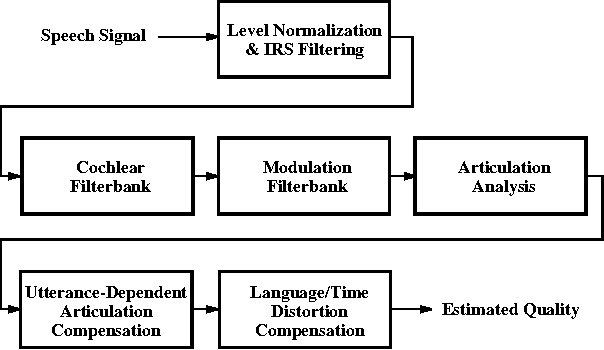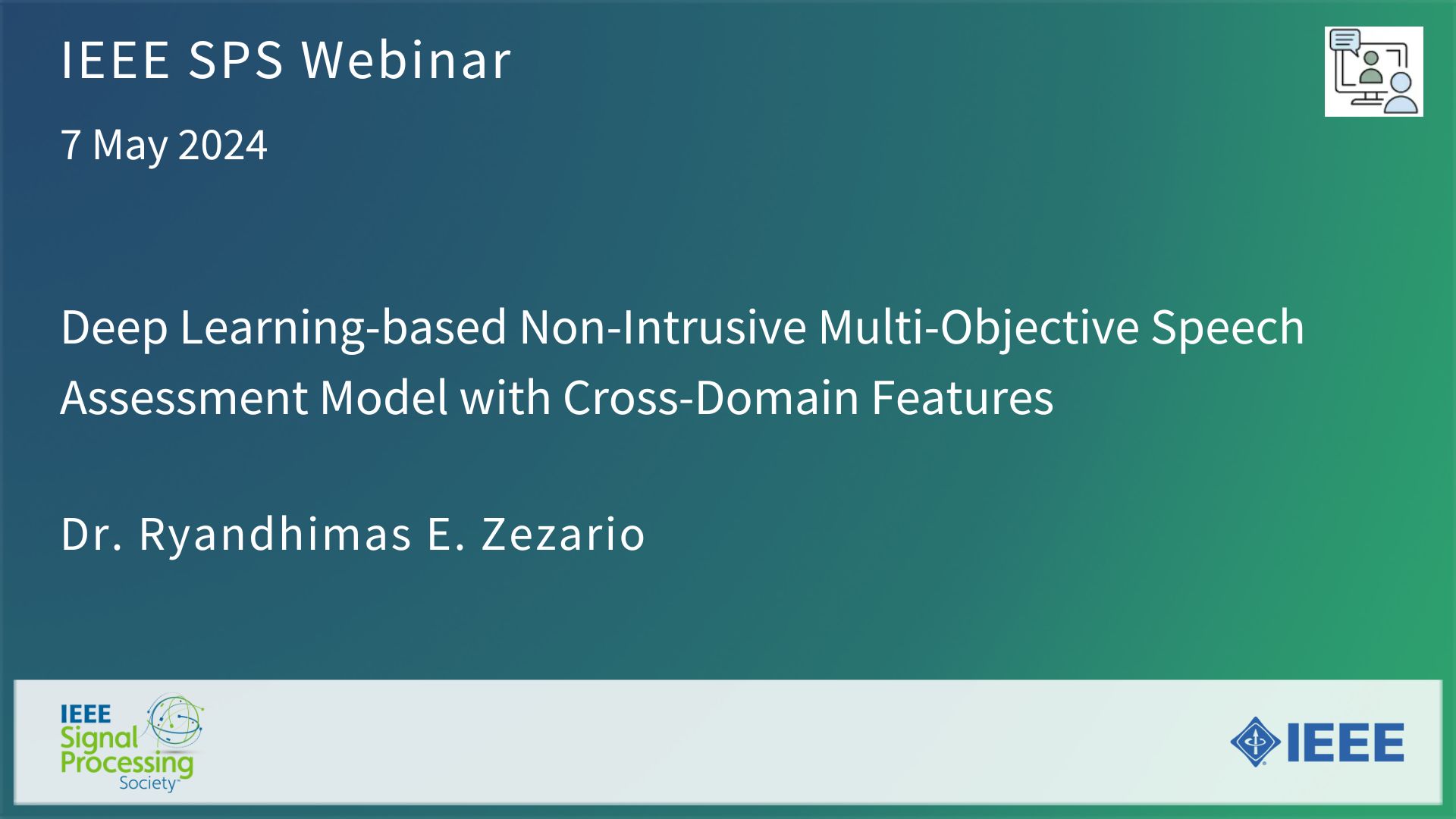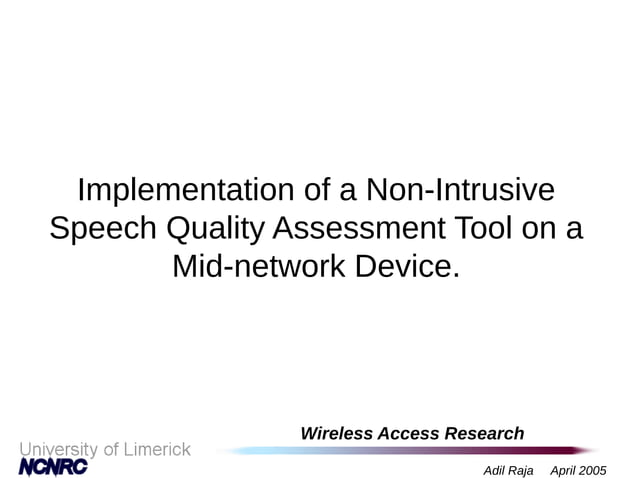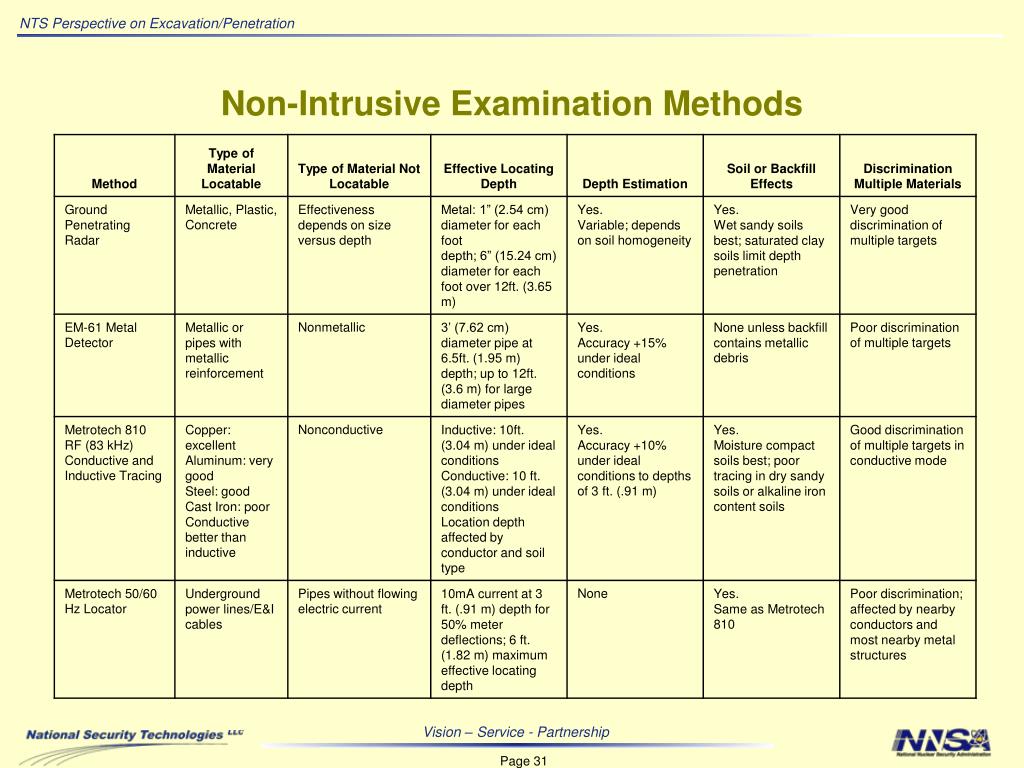Which Of The Following Represents A Non-intrusive Method Of Assessment

Imagine a classroom buzzing with quiet activity. Not the forced silence of a test, but the gentle hum of students engrossed in projects, sharing ideas, and reflecting on their own learning. Sunlight streams through the windows, illuminating artwork, diagrams, and thoughtfully written journals. This is a classroom where assessment feels less like a judgment and more like a natural part of the learning process.
This article explores the world of non-intrusive assessment methods, examining what they are, why they matter, and how they can transform the educational experience. The core question we'll address is: Which assessment techniques truly allow educators to gauge student understanding without disrupting the flow of learning or creating undue anxiety?
The Problem with Traditional Assessment
For generations, education has relied heavily on standardized tests and traditional exams. These methods, while sometimes necessary, often fall short of providing a complete picture of student learning.
High-stakes testing can create significant stress for students, leading to anxiety and impacting performance. The pressure to perform can overshadow the joy of learning.
Furthermore, traditional assessments often focus on rote memorization rather than critical thinking and application of knowledge. They may not accurately reflect a student's ability to solve problems or collaborate effectively.
“The problem with standardized tests is that they don't measure initiative, creativity, imagination, curiosity, passion, civic responsibility. These things you can't measure, but they're incredibly important." - Howard Zinn
Defining Non-Intrusive Assessment
Non-intrusive assessment, also known as authentic assessment or alternative assessment, offers a refreshing contrast. It prioritizes observation, participation, and authentic tasks as ways to measure student understanding.
These methods aim to integrate assessment seamlessly into the learning environment. Instead of being a separate event, assessment becomes an ongoing process.
The goal is to gather information about student learning without disrupting the flow of instruction or causing unnecessary stress.
Examples of Non-Intrusive Assessment Methods
Several effective non-intrusive assessment methods exist. These techniques provide valuable insights into student learning while fostering a more positive and engaging classroom environment.
Observations
Careful observation of students in the classroom provides a wealth of information. Teachers can observe students participating in group activities, working on projects, or engaging in discussions.
Teachers can note students' problem-solving strategies, their ability to collaborate, and their level of engagement with the material.
Documenting these observations through anecdotal records or checklists can provide a comprehensive picture of student progress.
Portfolios
Portfolios are collections of student work that showcase their learning and progress over time. These can include writing samples, artwork, projects, and reflections.
Students actively participate in selecting pieces for their portfolios, reflecting on their strengths and areas for improvement. This process encourages self-assessment and metacognition.
Portfolios provide a more holistic view of student learning than a single test score.
Self and Peer Assessments
Empowering students to assess their own learning and the learning of their peers is a powerful tool. Self-assessment encourages students to reflect on their understanding and identify areas where they need more support.
Peer assessment allows students to provide constructive feedback to one another, fostering collaboration and critical thinking. It's crucial to establish clear criteria and guidelines for these assessments to ensure fairness and accuracy.
These methods promote ownership of learning and develop valuable self-reflection skills.
Performance-Based Tasks
Performance-based tasks require students to apply their knowledge and skills in real-world contexts. This might involve creating a presentation, designing a product, or solving a complex problem.
These tasks allow students to demonstrate their understanding in a more authentic and engaging way. Teachers can assess students' ability to apply knowledge, solve problems, and communicate effectively.
Examples include building a model of a cell, writing a persuasive speech, or conducting a scientific experiment.
Checklists and Rubrics
Checklists and rubrics provide clear criteria for assessing student work. These tools outline the specific skills and knowledge that students are expected to demonstrate.
Checklists are often used for assessing discrete skills or behaviors, while rubrics provide more detailed descriptions of performance levels.
Using these tools ensures consistency in assessment and provides students with clear expectations.
The Benefits of Non-Intrusive Assessment
Implementing non-intrusive assessment methods offers numerous benefits for both students and teachers. These approaches can transform the classroom into a more engaging and supportive learning environment.
Non-intrusive assessment fosters a deeper understanding of the material. Students are encouraged to apply their knowledge in meaningful ways, rather than simply memorizing facts.
It promotes student engagement and motivation. When assessment is integrated into the learning process, students are more likely to be actively involved and invested in their own learning.
It also provides a more holistic view of student learning. By gathering information from multiple sources, teachers can gain a more complete understanding of students' strengths and areas for improvement.
Finally, it reduces anxiety and stress associated with traditional testing. By shifting the focus from high-stakes exams to ongoing assessment, teachers can create a more relaxed and supportive learning environment.
Challenges and Considerations
While non-intrusive assessment offers many advantages, it's important to acknowledge potential challenges. Implementing these methods effectively requires careful planning and ongoing reflection.
Developing and implementing non-intrusive assessment methods can be time-consuming. Teachers need to carefully design tasks, develop rubrics, and collect and analyze data.
Ensuring fairness and objectivity can also be a challenge. Teachers need to be aware of their own biases and strive to assess student work fairly and consistently.
Finally, it's important to communicate the purpose and value of non-intrusive assessment to students and parents. Open communication can help to build trust and understanding.
Moving Forward
The shift towards non-intrusive assessment represents a significant step forward in education. By embracing these methods, educators can create more engaging, supportive, and effective learning environments.
It is essential to remember that the goal of assessment is not simply to assign grades, but to inform instruction and support student learning. Non-intrusive assessment provides valuable insights into student understanding, allowing teachers to tailor their instruction to meet the needs of all learners.
By prioritizing observation, participation, and authentic tasks, we can empower students to become active learners and critical thinkers. The future of education lies in creating assessment practices that are both meaningful and empowering.
Let's strive to build classrooms where assessment is a natural and integral part of the learning journey, fostering a lifelong love of learning in all students. The potential is there; it’s time to embrace it.













![Which Of The Following Represents A Non-intrusive Method Of Assessment Flow chart of the non-intrusive formulation method [2]. | Download](https://www.researchgate.net/profile/Konstantinos-Salonitis/publication/338849465/figure/fig1/AS:852128448917504@1580174662097/Flow-chart-of-the-non-intrusive-formulation-method-2.png)




